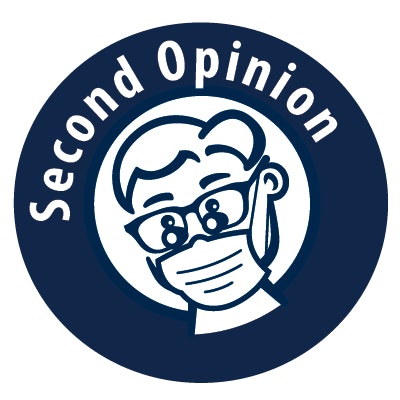
In this Second Opinion, Paul Casamassimo, DDS, policy chief for the American Academy of Pediatric Dentistry (AAPD), responds to readers' concerns about a recent survey on the predicted growth in the number of pediatric dentists in the U.S. The survey, which was commissioned by the AAPD, found a predicted 62% increase in the number of pediatric dentists by 2030 if supply and demand trends remain the same.
For decades, the American Academy of Pediatric Dentistry has had a dual mission to serve both children and its members. This dichotomy of purpose means that what is best for children is ultimately best for the specialty.
The AAPD's advocacy role has been validated by our membership several times. Our data suggest pediatric dentists have responded to children's needs: 100% care for children with special needs and more than 75% see children on Medicaid --- the highest of any recognized group of dentists in the U.S.
It should be no surprise that AAPD chose to look at the effects of its policies and advocacy on both members and children. The reported survey results are just one measurement of access and workforce health conducted over the last few years. This type of objective information drives the AAPD's legislative advocacy and policymaking.
4 key points for survey success
 Paul Casamassimo, DDS, MS.
Paul Casamassimo, DDS, MS.The concerns shared by respondents to the article are also shared by the AAPD leadership, but without facts and reliable data, we will continue down a path that may be detrimental to access to care rather than improving it. The survey is just the next step in creating and promoting a workforce approach that benefits children and enhances the health of existing and future pediatric dentists.
Here are four key points we want dentists to understand about our research on the projected number of pediatric dentists and what we intend to do with that information.
1. Figuring out where to go
We have noted a large increase in pediatric dentists over the last two decades. An objective look was needed by an outside agency with expertise and freedom to give an unbiased view.
As pediatric dentists are the most likely dental providers to see children enrolled in Medicaid and the underserved, our workforce health is critical to the oral healthcare system in the U.S. We have worked for decades for health equity through increasing access for the poor, those with special needs, and underserved classes. We commissioned the survey because we needed to know where we are and where we might be going.
2. Assessing priorities
“There is more to improving oral health than simply increasing access with more traditional providers or new derivatives.”
Now, at this point in time, we need to assess progress and ask questions:
- Is the number of pediatric dentists right for population growth and caries progression?
- Are these dentists in the right places to maximize oral health for children?
We have learned through our advocacy efforts that there is more to improving oral health than simply increasing access with more traditional providers or new derivatives. We have to move past physical access to addressing the underlying causes of poor oral health. The results of this survey help us decide if and how to shift our priorities.
3. Quantifying care
It is important to remember that many pediatric dentists today are specialists only because of the creation of new programs. The increase in programs has an indirect but important role of improving access by incorporating care of the underserved into pediatric dentistry training.
While national surveys show caries continues to be a problem for children, treatment for caries also has risen. We have noted an increase in dental visits for children covered by government programs, and it is important to determine how much pediatric dentists and clinically active training programs contributed to this improvement.
4. Improving access
One survey finding of note was the need for pediatric dentists in areas of lower population density. This is a hidden gem in our pursuit of improving access and bettering oral health for all children. The opportunities for pediatric dentists to thrive in these areas and meet a continuing need are ones we will pursue as an organization in our advocacy and legislative efforts.
Paul Casamassimo, DDS, is the chief policy officer for the AAPD. He is also professor emeritus in the division of pediatric dentistry at the Ohio State University College of Dentistry in Columbus.
The comments and observations expressed herein do not necessarily reflect the opinions of DrBicuspid.com, nor should they be construed as an endorsement or admonishment of any particular idea, vendor, or organization.



















